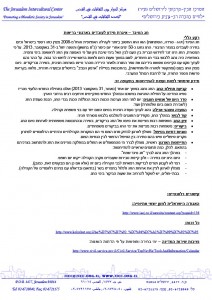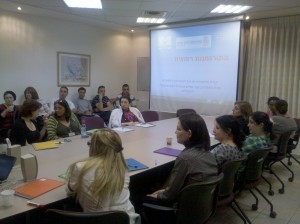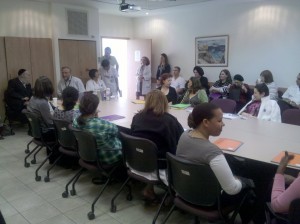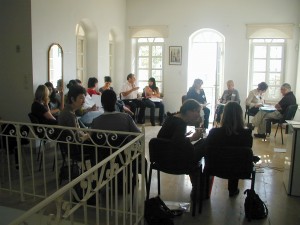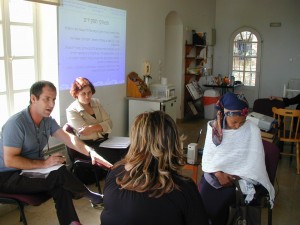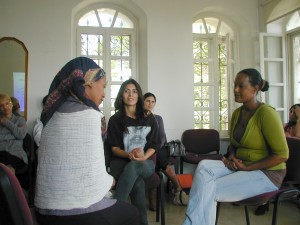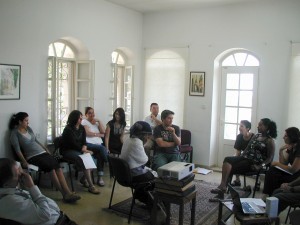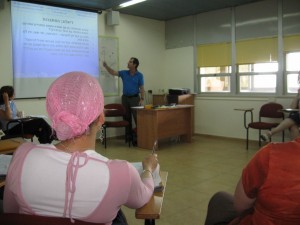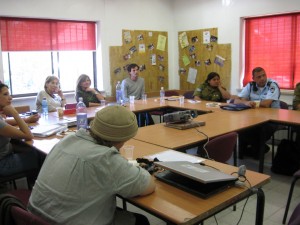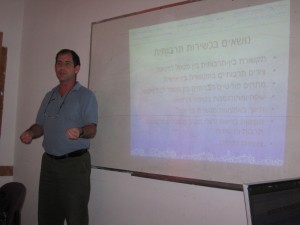Let’s Make Ourselves a Holiday: Multi-Cultural Holiday Information Sheets to Improve Cultural Competency
Hag Sigd Sameach. Yesterday, October 31, was the Sigd holiday, which is celebrated by the Ethiopian Jewish community. As part of our comprehensive support for cultural competency coordinators and health care providers in general, we prepared a special information sheet to help health care providers to give better care to their Ethiopian patients. It includes a short description of the holiday, special traditions that might affect patients on that day, and links to resources that can provide further information.
This isn’t the first time we’ve prepared these information sheets. We also prepared them for the Muslim holidays of Ramadan and Eid el-Fitr and Tisha b’Av, as noted above, and we’re going to continue to produce them for Eid el-Adha (Muslim), Passover and the 10th of Tevet (Jewish) and more. We’ve found that these information sheets have been immensely popular. They’ve been sent not only to our mailing lists, but we’ve found out that they’ve also been distributed throughout the different health insurance companies (Kupot Holim), and more.
In general, these information sheets offer comprehensive, concise overviews of the holidays, and cover particular issues that can affect patient care such as:
- Special meals or foods related to the holiday;
- Special fasts related to the holiday, and how it affects taking medication;
- If there are conflicts regarding the taking of certain medications, who is the religious authority to turn to to discuss the issue;
- Special daytime schedule during the holiday – more prayers or family visits, and more.
We work very closely with different organizations to ensure that important points are not missed, and that they are presented in a respectful, informative manner. For example, for Eid el-Fitr we consulted with the Al-Taj organization, which seeks to advance awareness of health issues in the Arabic-speaking population. We consulted with Rabbi Moshe Peleg of Sha’are Zedek Hospital for the Fast of the 10th of Tevet information sheet. For help on the Sigd information sheet, we consulted with the Tene Briut organization, which seeks to advance health care among Ethiopian immigrants in Israel.
When we are all finished we’ll have an entire year’s worth of holiday information sheets – an incredibly valuable resource for cultural competency coordinators and anyone who works in Israel’s multicultural health care system.

